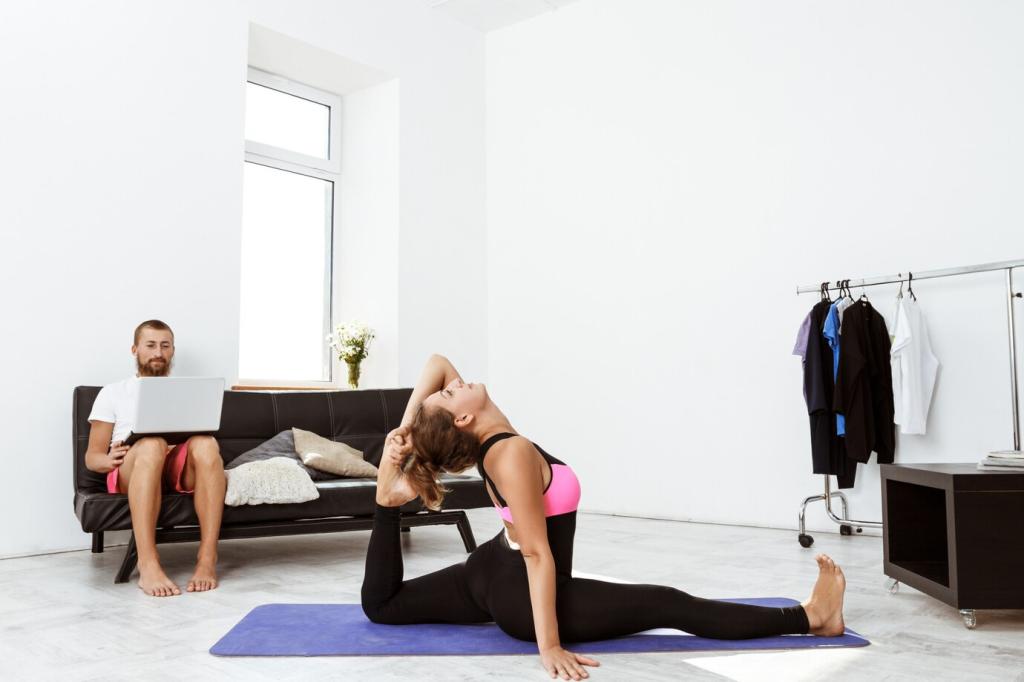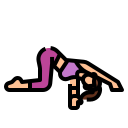Yoga for Enhancing Sports Performance: Elevate Your Game
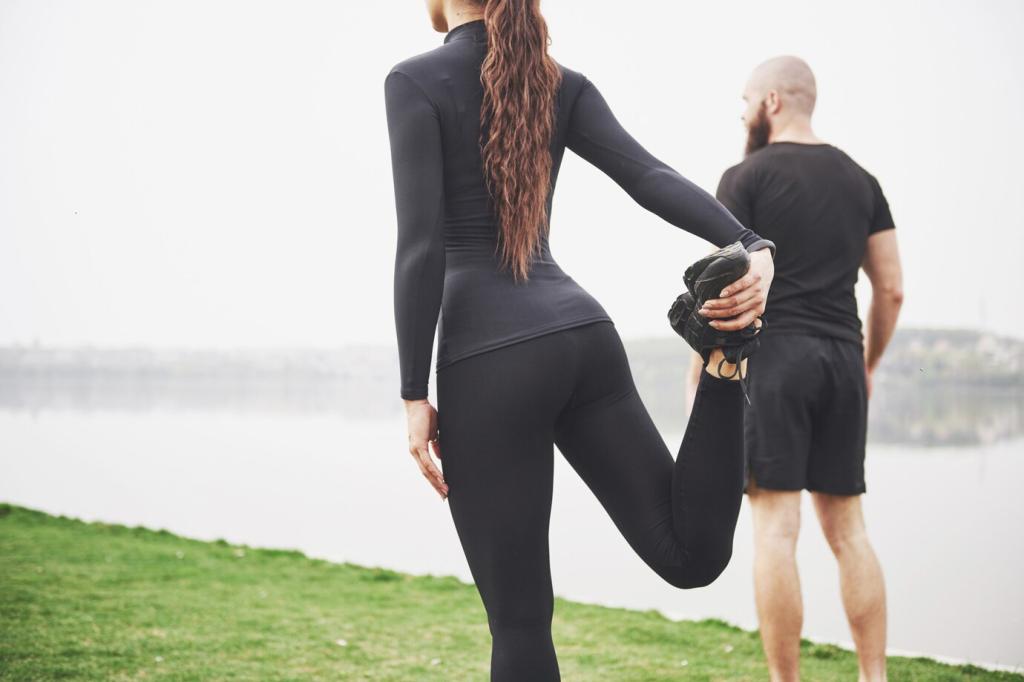
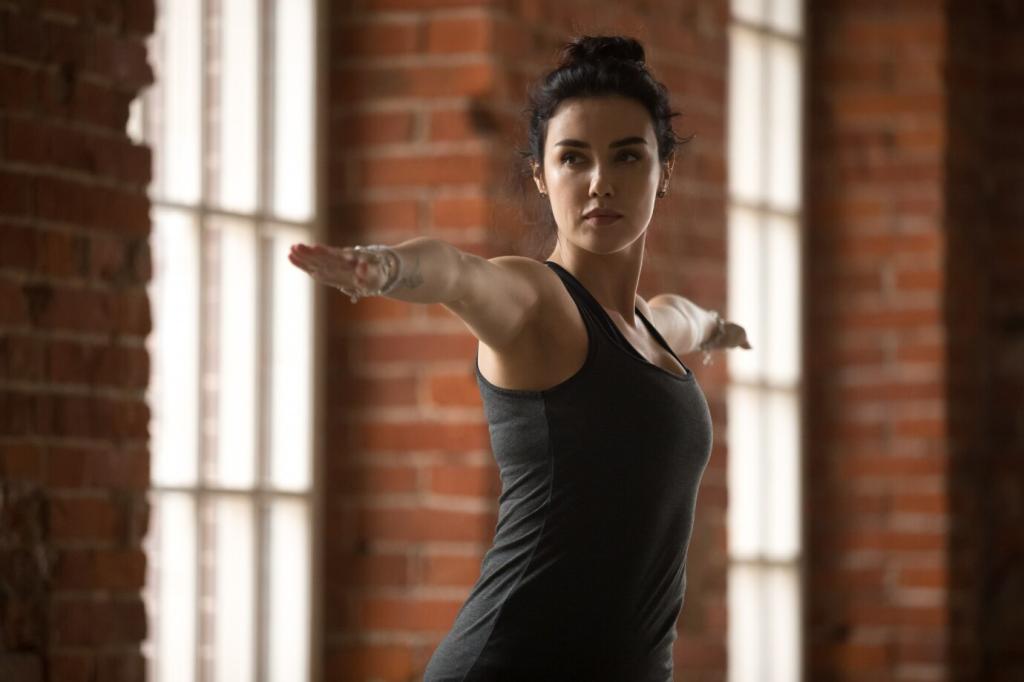
Mobility That Transfers to the Field
Use low lunge, 90/90 transitions, and pigeon variations to open hip flexors and build rotational control. Athletes often report smoother acceleration, less lower-back tightness, and improved stride length. Try this test: sprint form before and after, and share what changes you feel.
Mobility That Transfers to the Field
Combine dolphin pose, wall slides, and serratus activation flows to stabilize scapulae without pinching. Swimmers, throwers, and volleyball players notice cleaner overhead paths and fewer cranky reps. Track shoulder flexion against a wall each week and post your numbers to keep yourself accountable.
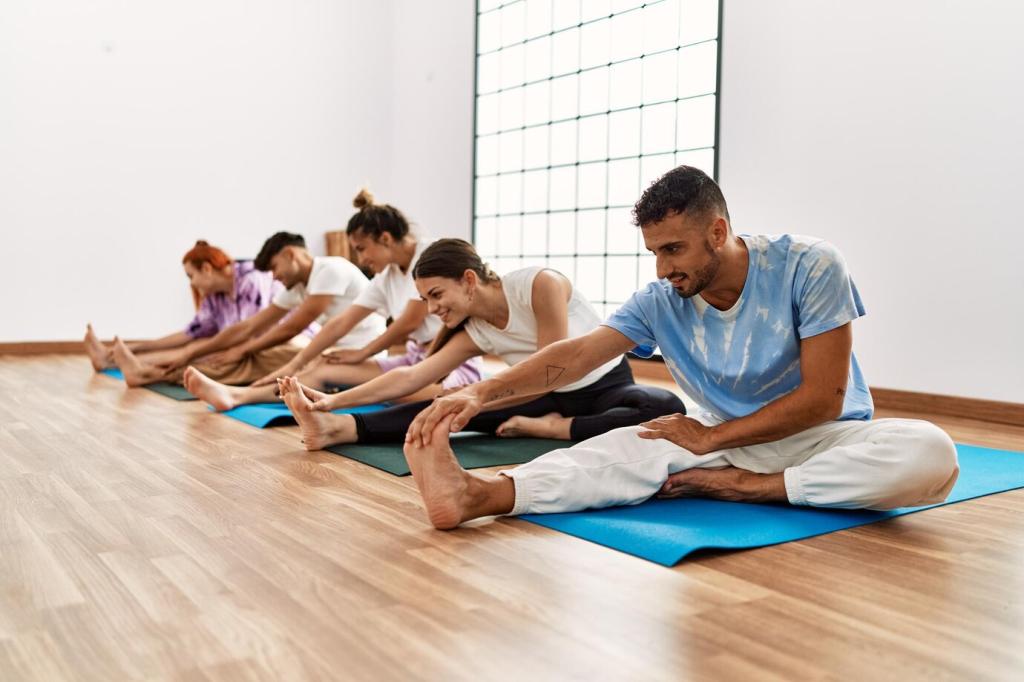
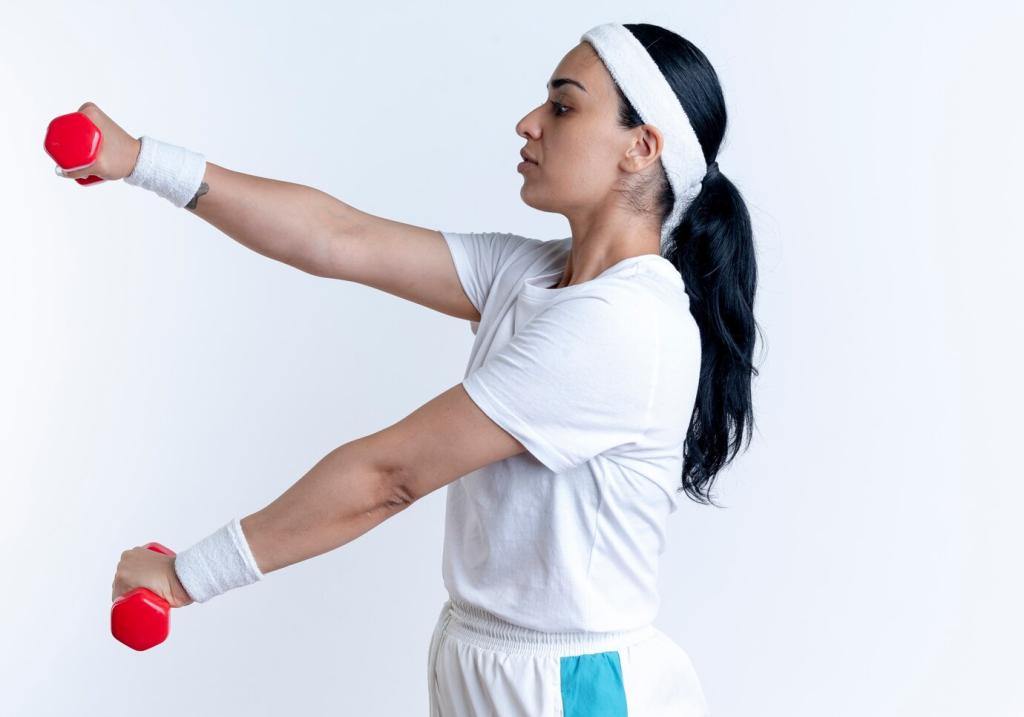
Breathwork for Endurance and Recovery
Practice nasal breathing during easy runs or warm-ups, using one hand on ribs, one on belly. Smooth rib expansion improves oxygen efficiency and pacing. Many athletes notice steadier heart rates on long efforts. Try a ten-minute zone-two session and note the difference afterward.
Breathwork for Endurance and Recovery
Use 4-4-4-4 counts—inhale, hold, exhale, hold—between sets or during timeouts. It steadies nerves and sharpens decision-making in clutch moments. Picture a penalty kick or free throw: this tiny ritual brings calmer hands and clearer focus. Share your pre-performance count in the comments.
Isometrics That Stick
Hold chair pose with glute squeeze, plank variations with controlled breath, and warrior II for time. Isometrics build position-specific endurance and sturdy tendons. Sprinters and lifters feel stronger at end ranges. Start with thirty-second holds, progress weekly, and share your best times with the team.
Core as a Transmission
Think anti-rotation and anti-extension: dead bug, hollow body, and bird dog tied to steady exhales. The goal is energy transfer, not just burn. Sprinters, pitchers, and cyclists report more efficient power. Record your favorite core pairing and how it changes your mechanics under load.
Injury Prevention and Return to Play
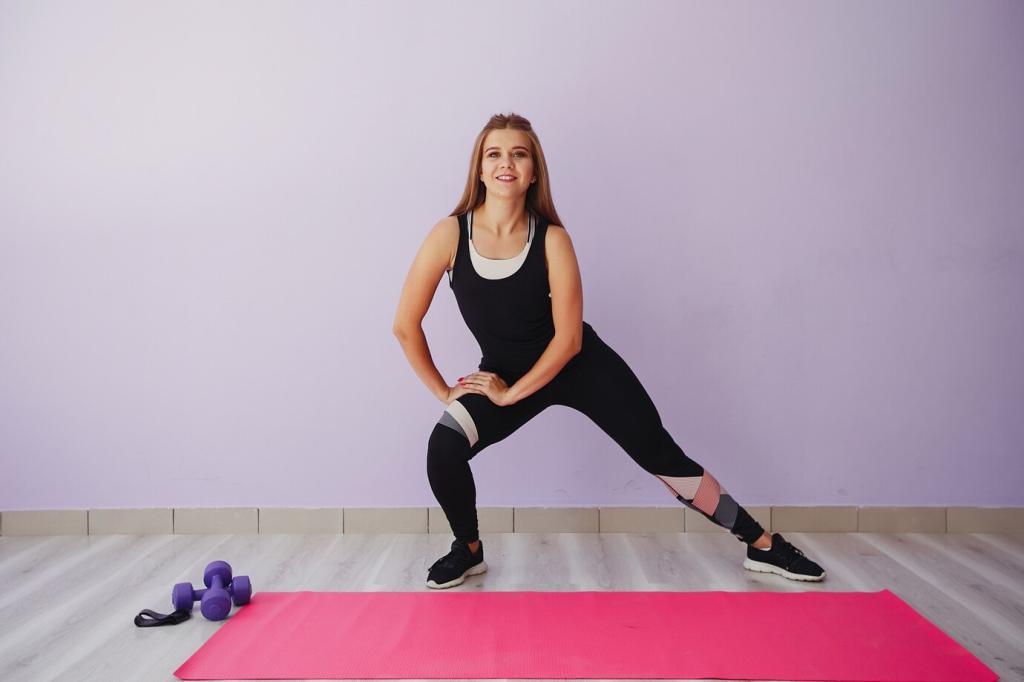
Prehab Routines Athletes Actually Do
Keep it short and specific: ten-minute sequences that open hips, prime glutes, and mobilize thoracic spine. Include dynamic lunges, adductor rock-backs, and shoulder CARs. Consistency beats intensity. Drop your favorite three-move warm-up in the comments and help another athlete refine theirs.
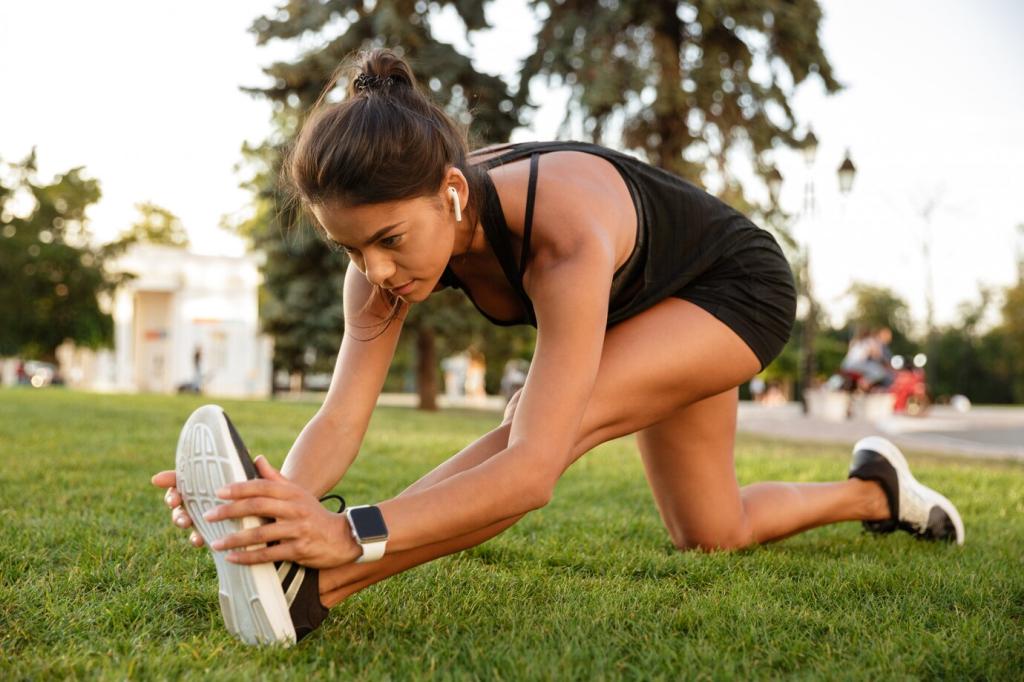
Listening Without Fear
Body scans in constructive rest position teach awareness without catastrophizing. Rate tightness, adjust volume, and communicate with coaches. Yoga cultivates curiosity rather than panic, keeping training on track. Share one signal your body gave this week and how you responded intelligently to it.
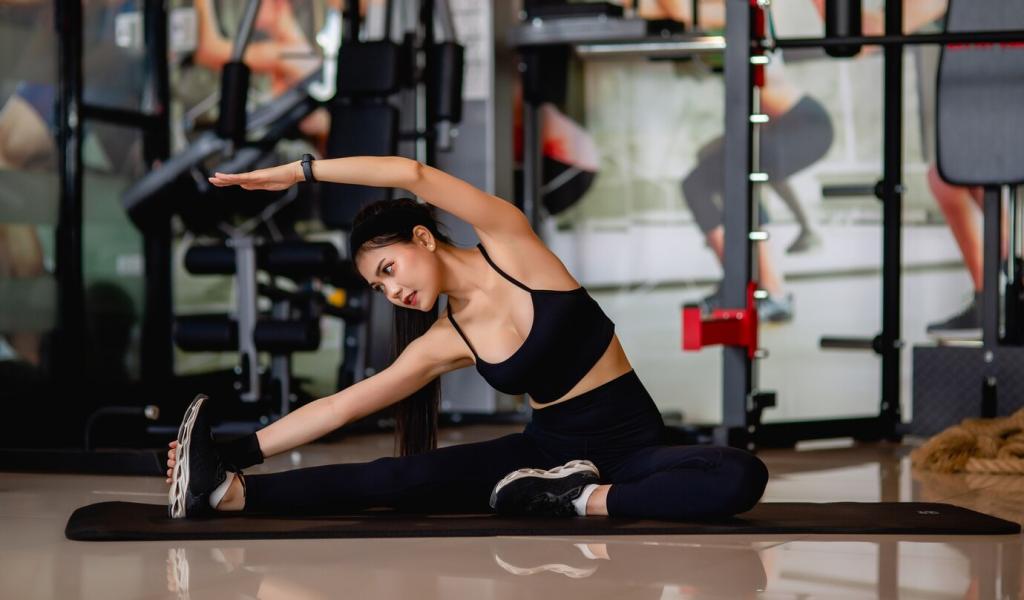
Anecdote: The Hamstring Comeback
A collegiate sprinter blended eccentric bridges, supported pyramid pose, and breath-led isometrics. Four weeks later, stride felt smoother, and top speed returned without twinges. The lesson: gradual load plus mindful mobility wins. If you have a comeback story, post it to inspire your training partners.
Sport-Specific Sequences
Sequence hips, ankles, and thoracic spine: calf eccentrics, low lunge with side bend, and thread-the-needle. Expect easier turnover and less post-run tightness. Do it before tempos or long runs. Subscribe for a printable version, and tell us your current 5K goal so we can tailor tips.
Mindset, Focus, and Confidence
Five minutes: three grounding breaths, body scan, and a short visualization of first actions—clean start, composed swing, crisp pass. A simple mantra anchors attention. Repeat before every event for reliability. Comment with your mantra so others can borrow or build their own.
Yoga teaches effort without strain. On deload weeks, maintain movement quality and breath consistency. Progress is not linear; discipline beats hype. Share one choice you made to protect recovery this week and how it affected your next session’s sharpness and motivation.
Teams improve together. Try a seven-day sun salutation challenge, tag your sport, and log completion times. Celebrate consistency, not perfection. Invite a teammate, then post your biggest surprise—better sleep, calmer nerves, or looser hips—so our community keeps momentum alive.
Tracking Progress and Making It Stick
Choose three markers: ankle dorsiflexion, hip extension, and time-to-relax heart rate after intervals. Retest every two weeks. Seeing tangible improvement fuels consistency. Share your baseline today and we’ll check back with you in the next newsletter to celebrate wins together.
